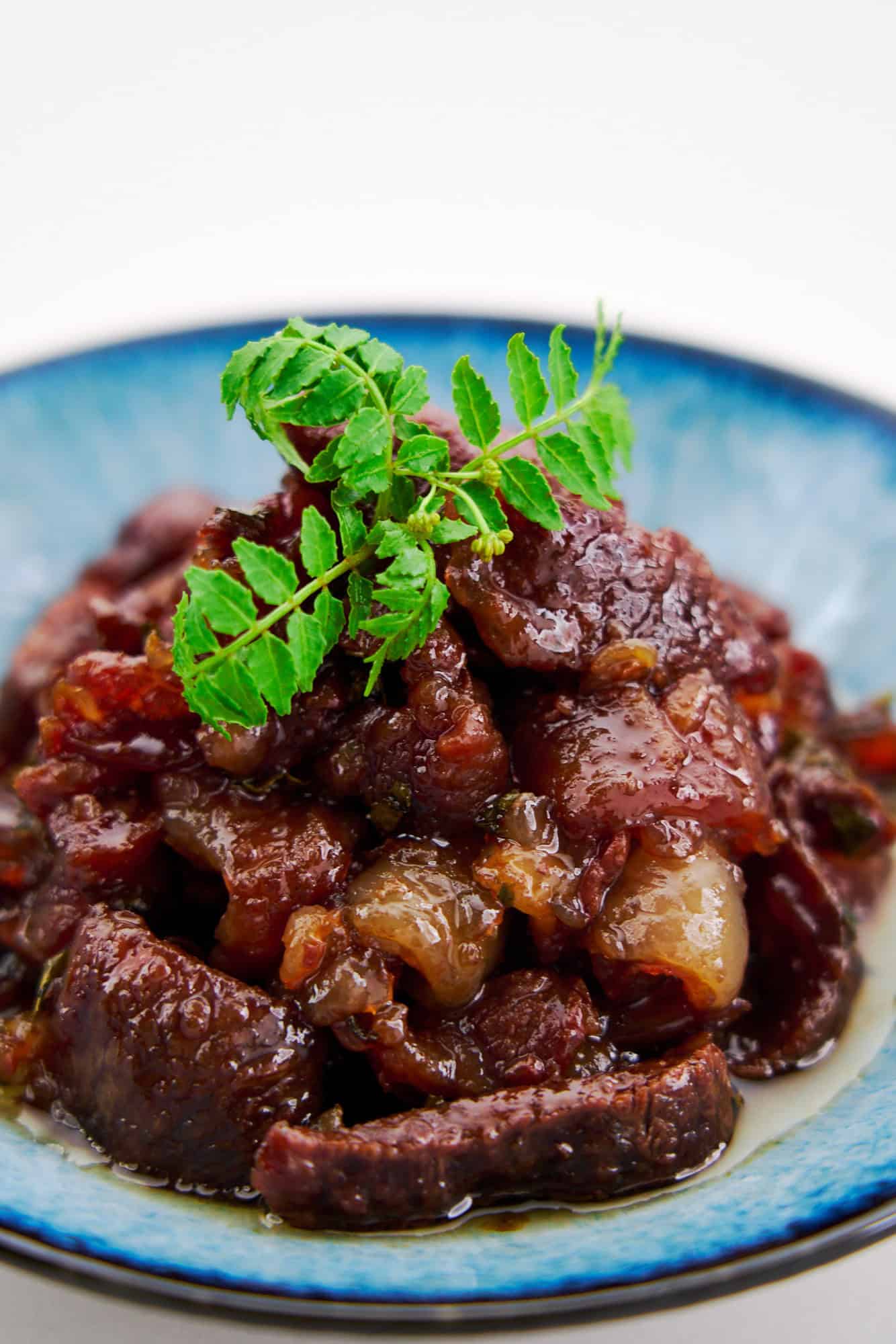
Before the modern era, rural mountain communities across Japan lived off the land, where wild game like deer, boar, and bear were vital staples. The ethos in these communities, deeply ingrained in Japanese culture, is captured by the term "mottainai" which roughly translates to "it's a shame to waste." This principle guided people to use every part of an animal.
Since refrigeration wasn't an option, ingenious methods were developed to prepare and preserve every part of a catch, ensuring nothing went to waste. Shigureni, a traditional way of preserving meat, involved cooking tougher cuts for hours in a mixture of sake, soy sauce, and sugar until the liquid evaporated and the meat became fall-apart tender. The salt and low moisture content helped preserve the meat(it's similar to the process of making Beef Rendang), while the concentrated flavors made it a delightful complement to rice.
Even though times have shifted to the convenience of supermarkets, the principle of minimizing waste persists. Beyond the usual cuts of meat, you can often find packages of "kiriotoshi", - odds and ends leftover from slicing meat for sukiyaki or portioning steaks and roasts.
I am particularly fond of using the tendon and silver skin that butchers strip out as they break down the primal cuts. They're perfect for making Shigureni because they tend to be loaded with collagen that breaks down into silky gelatin as the meat cooks, lubricating the meat and keeping it tender and moist even after most of the liquid has been cooked off.
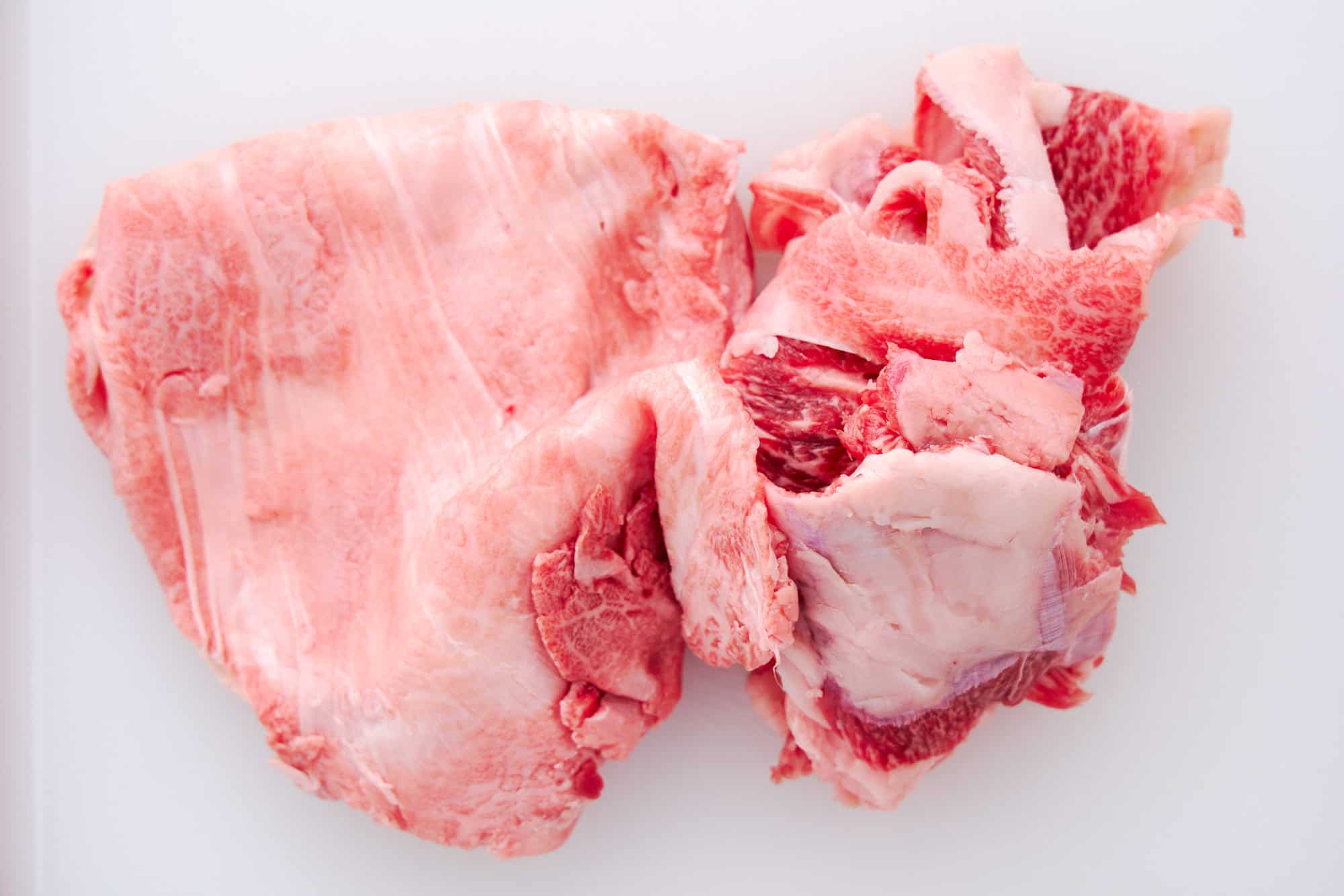
The key to cooking with these cuts is to boil the meat twice before simmering it with the seasonings. These cuts of beef tend to contain a lot of blood and fat, which can give them a gamey taste. The first boil allows you to remove the impurities and excess fat. While it's tempting to think you're also washing away flavor, don't worry—there's still plenty to go around. The second boil allows you to tenderize all of the connective tissue. Then, the beef is cooked a third time in all the seasonings, concentrating all of the beefy goodness while making it melt-in-your-mouth tender.

I also like adding an herb called kinome to my Shigureni. They're the young leaves of the sansho plant (a close relative of the Sichuan pepper), and they have a marvelous citrusy aroma and mildly tongue-tingling taste. It's a harbinger of spring in Japan, but I know this is going to be quite difficult to find, so it is optional. If you do skip it I recommend cutting an extra 10 grams of ginger into a fine julienne and adding it in along with all of the seasoning ingredients.
Finally, I want to mention that this is meant to be eaten with rice, so it is fairly salty. If you plan to eat it by itself, I recommend reducing the amount of soy sauce to ¼ cup or even less.
Access this Recipe
Welcome! I’m Marc Matsumoto, creator of No Recipes and host of television’s Bento Expo. You’ve stumbled upon my secret stash with over 150 original recipes with a new one coming every week! Unlike my other site, these recipes are member-supported, so you won’t find any banner ads here. Please consider becoming a member to access to this recipe, or you can check out some free recipes here.
- ✓ No ads
- ✓ Access the full stash of over 100 recipes
- ✓ 1 new recipe per week
- ✓ Support Norecipes.com
Already a member?





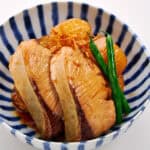
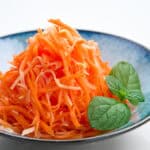
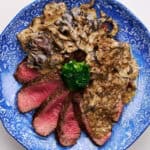

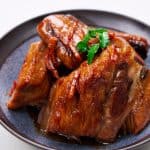

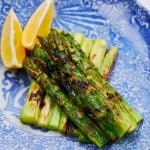

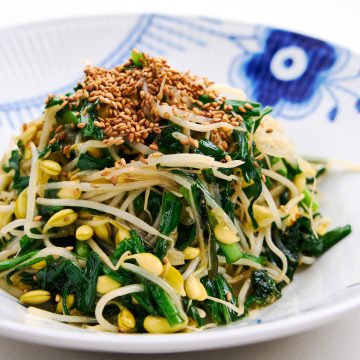
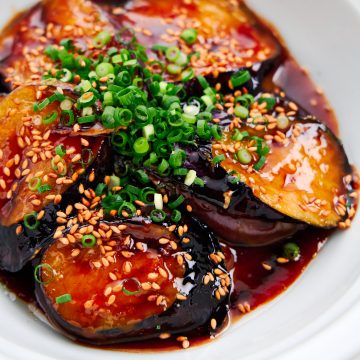


Comments
No Comments